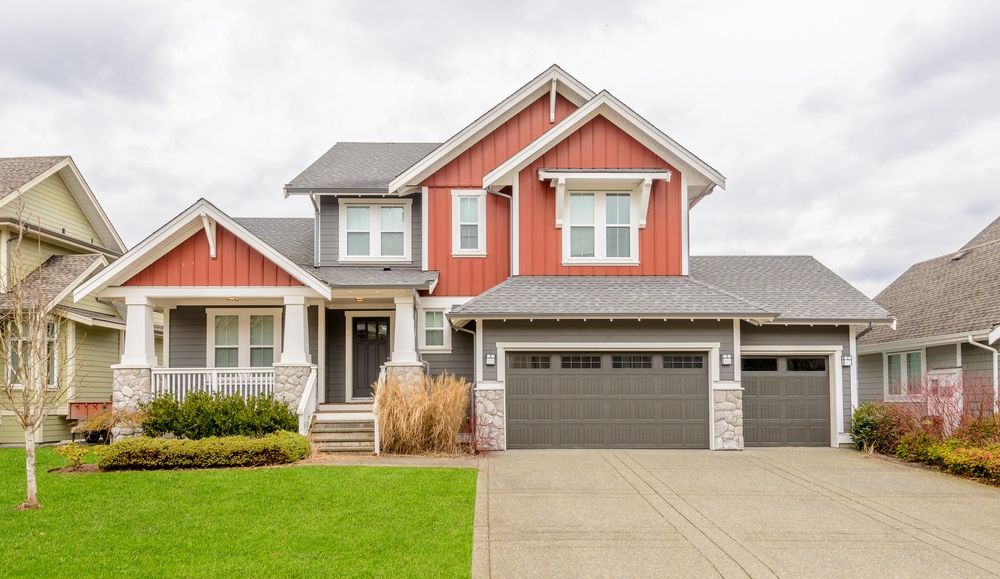When it comes to creating an impressive and inviting ambiance for your home, the exterior plays a pivotal role. From architectural elements to landscaping details, every aspect contributes to the overall aesthetic appeal and functionality of your property. In this comprehensive guide, we will delve into various aspects of enhancing your home exterior, from curb appeal to structural integrity.

Curb Appeal: The Gateway to Impressions
Curb appeal is more than just a buzzword; it’s the initial impression your home makes on visitors and passersby. Enhancing curb appeal involves meticulous attention to detail and strategic design choices. Consider the following elements to elevate your home’s curb appeal:
1. Architectural Accents
Architectural accents add character and charm to your home exterior. From decorative trim to ornate columns, these details enhance the overall aesthetic appeal and highlight the architectural style of your property. Explore options such as corbels, brackets, and keystones to add visual interest to your façade.
2. Exterior Lighting
Illuminate your home exterior with strategically placed lighting fixtures. Outdoor sconces, pathway lights, and accent lighting not only enhance visibility but also create a warm and welcoming ambiance. Opt for energy-efficient LED fixtures for both functionality and sustainability.
3. Landscaping
Landscaping plays a crucial role in enhancing the beauty of your home exterior. Incorporate a mix of trees, shrubs, and flowers to create depth and texture. Pay attention to seasonal variations and choose plants that thrive in your climate. Additionally, consider hardscaping elements such as pavers, retaining walls, and water features to add visual interest.
Structural Integrity: Ensuring Longevity and Safety
Beyond aesthetics, maintaining the structural integrity of your home exterior is essential for longevity and safety. Addressing issues promptly and investing in quality materials can prevent costly repairs and ensure peace of mind. Here are some key considerations:
1. Roofing
The roof is your home’s first line of defense against the elements. Inspect your roof regularly for signs of damage or wear, such as missing shingles, leaks, or sagging areas. Invest in high-quality roofing materials and professional installation to safeguard your home from moisture infiltration and structural damage.
2. Siding and Cladding
Siding not only enhances the visual appeal of your home but also provides protection against weather conditions and pests. Evaluate the condition of your siding and cladding periodically, and repair or replace damaged sections as needed. Consider durable options such as fiber cement, vinyl, or metal siding for low maintenance and longevity.
3. Windows and Doors
Windows and doors not only contribute to the aesthetic appeal of your home but also play a crucial role in energy efficiency and security. Inspect window frames and seals for air leaks, and replace or repair damaged components to improve insulation. Upgrade to energy-efficient windows and doors to reduce utility costs and enhance comfort.
Sustainability: Eco-Friendly Solutions for a Greener Future
Incorporating sustainable practices into your home exterior design not only reduces environmental impact but also promotes energy efficiency and resource conservation. From eco-friendly materials to renewable energy solutions, here are some ways to make your home exterior more sustainable:
1. Green Roofing
Green roofing systems utilize vegetation to improve insulation, reduce stormwater runoff, and mitigate the urban heat island effect. Consider installing a green roof or incorporating green elements such as rooftop gardens or living walls to enhance biodiversity and promote environmental sustainability.
2. Permeable Paving
Permeable paving allows rainwater to infiltrate the ground instead of pooling on the surface or overwhelming drainage systems. Choose permeable materials such as porous concrete, permeable pavers, or gravel for driveways, pathways, and patios to reduce runoff and replenish groundwater supplies.
3. Solar Panels
Harness the power of the sun to generate clean and renewable energy for your home. Solar panels can be installed on rooftops or integrated into building materials such as solar shingles or solar glass. By generating electricity onsite, you can reduce reliance on fossil fuels and lower your carbon footprint.
Conclusion
Your home exterior is a reflection of your style, values, and commitment to quality. By prioritizing curb appeal, structural integrity, and sustainability, you can create a welcoming and resilient environment for yourself and future generations to enjoy. Whether you’re considering minor enhancements or a complete renovation, thoughtful design choices and strategic investments will elevate your home exterior to new heights of beauty and functionality.